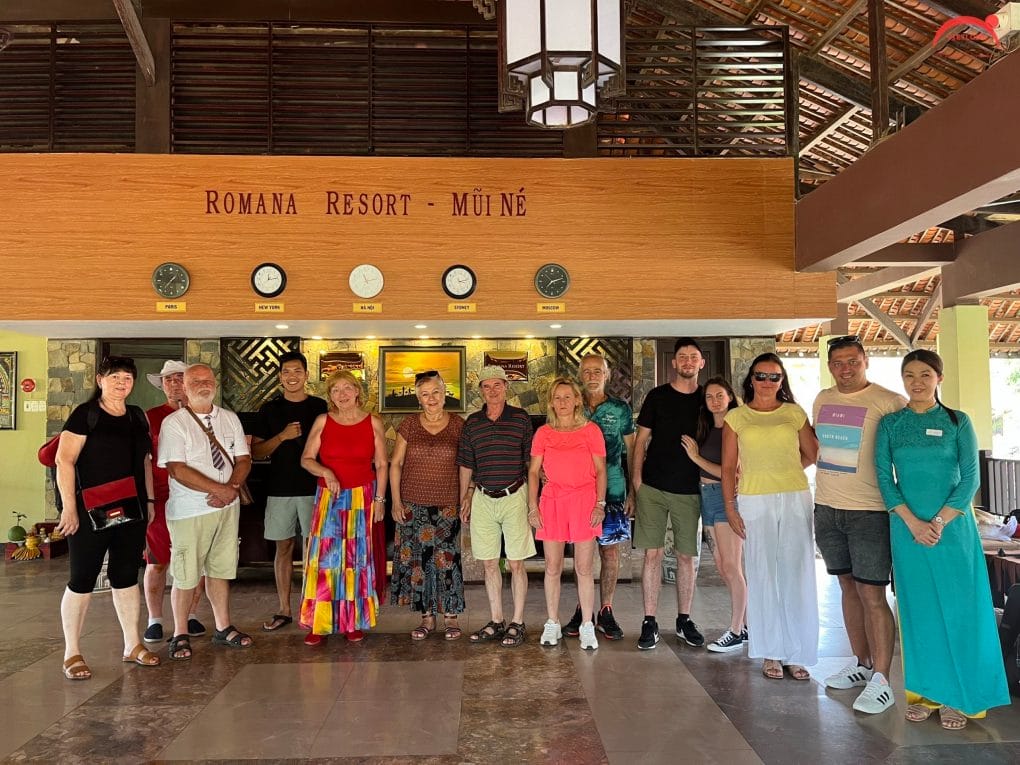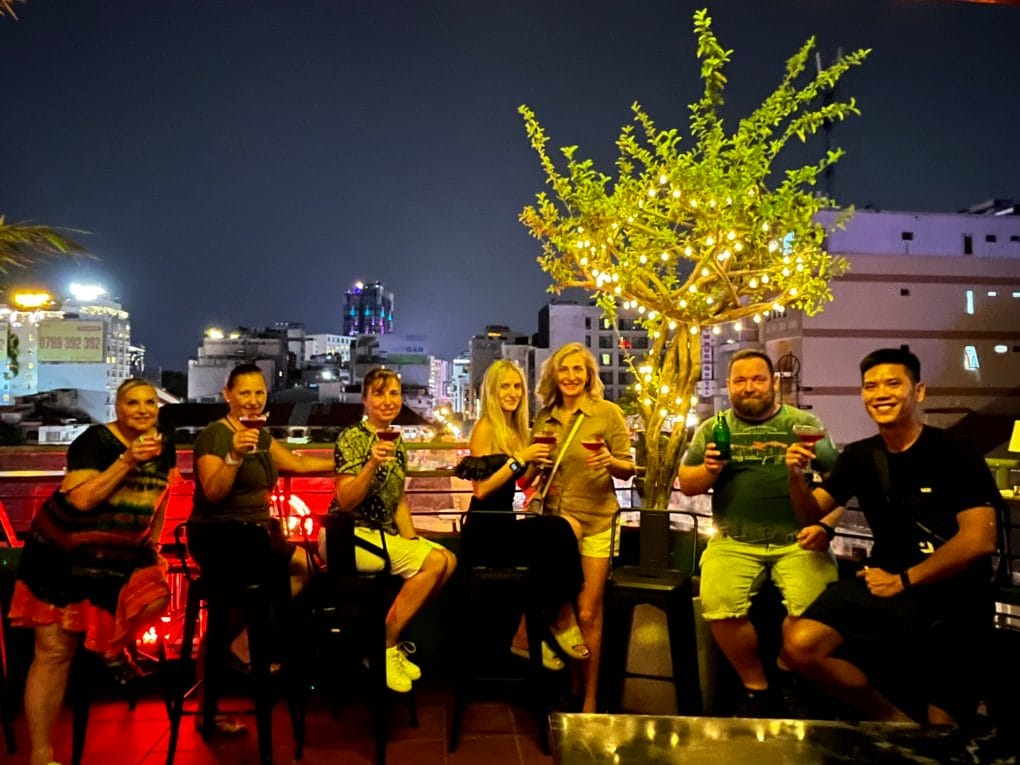The Bagan Archaeological Museum was opened on 17th April 1998 in the world renowned ancient city Bagan, in Mandalay Division, Upper Myanmar. It is situated near the Gawdawtpalin Pagoda.
The first museum
The first archaeology museum in the true sense of the term was built near the northern covered cause way of Ananda Temple in 1904, in a very modest way. A small oblong one storey brick building of 60 feet by 30 feet in which some ancient stone inscriptions, Buddha images and other cultural objects collected from the Bagan area were haphazardly displayed. After some years as a large number of new art objects and antiquities were added, the museum looked like an overstocked storehouse.
The new museum
In 1976 the site to the south of Gawdawt Palin Pagoda was selected and designated for Archaeological Museum Compound in which an octagonal shaped museum building was constructed. In it were displayed very rare and fragile artifacts excavated from ruined Bagan monuments. Three big oblong sheds were built near it as annexure under which stone inscriptions and stone statues of the Bagan Period were displayed. It was called Archaeological Site Museum Bagan and was officially opened in October 1979. There are many display rooms. On the ground floor there is a fully decorated and air-con hall large enough to hold international conference, symposium, seminar or meeting. On this floor are the display room for objects of visual arts of the Bagan Period such as terra cotta, stucco works, wood carvings, stone sculptures, metal works, lacquer works, etc., the showroom exhibiting models of 55 different coiffeurs used by fashionable court ladies of the Bagan Period, the display room in which originals, replicas and ink copies of Bagan stone inscriptions and other forms of epigraphy, the gallery where paintings by famous Myanmar artists of to-day depicting the social life and military might of ancient Bagan, as well as copies of frescoes on walls and ceilings of ancient temples, and the display room in which models of Bagan monuments of architectural and artistic wonder. Going up to the second floor by grand marble floored stairways, we reach the display rooms on religious themes. Here we find that exhibits are Buddha statues and images of various makes, postures, and styles providing us some knowledge of Buddhist iconography. In the room of Buddhist Art are displayed objects of all visual Buddhist arts. Viewers of these objects may well appreciate the depth and extent of Buddhist influence upon Myanmar culture. Here on the second floor is another art gallery, but it specialises in religious themes. Paintings by artists of to-day and murals by master painters of Bagan’s time on display in the gallery all represent Bagan pagodas and monuments or depict Buddhist stories – jatakas. Next above the second floor is the flat roof of the whole building from where pilgrims, visitors and tourists can enjoy a panoramic view of the entire “pagoda land” of Bagan and patiently wait for the right moment to watch the “large orange coloured globe” gradually sinking behind the Tantkyi Taung hill range on the west bank of the mighty Ayeyawaddy River. To crown the pleasures of your visit to Bagan a big bronze statue awaits your attention in the centre of the round-about lawn in the front of the museum’s portico. The statue represents the hero king Pyusawhti (A.D.167-242), the third king in the Bagan dynasty of 55 kings. Legend has it that he conquered the five enemies who had been molesting Bagan by slaying them with his mighty bow and arrows. The enemies were the big bird, the big boar, the big tiger, the big flying squirrel and the wild weed bu (gourd). The Bupaya Pagoda standing on the brink of the Ayeyawaddy River at Bagan is attributed to Pyusawhti. It stands on the site where the hero king finally eradicated the troublesome weed. Visitors to Bagan have now two grand museums. The entire area of 16 square miles of Bagan Archaeological Zone itself is a field museum of nearly ten centuries old and a splendid modern museum of very recent time.






